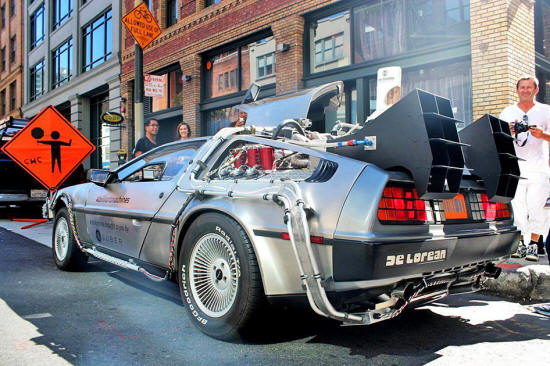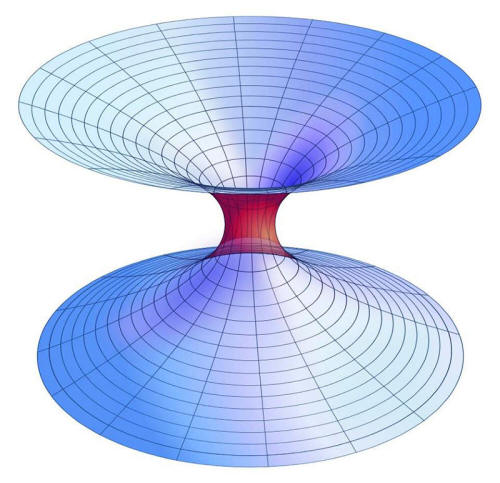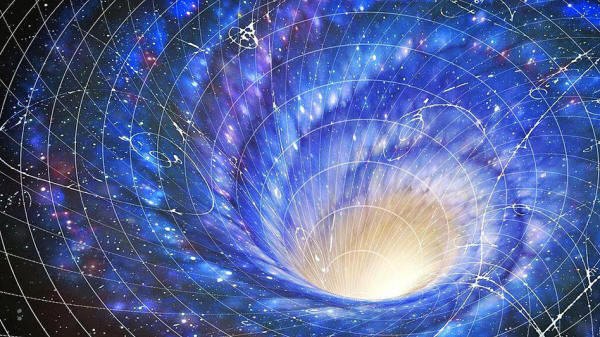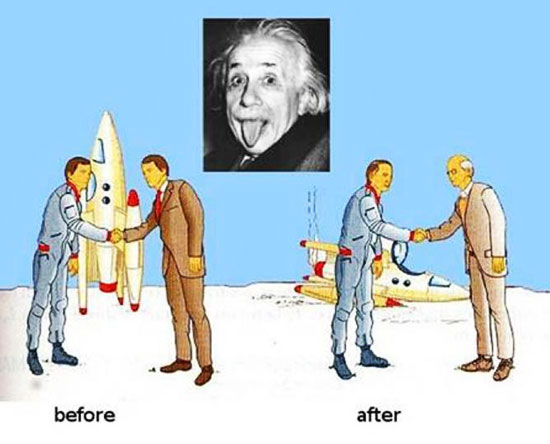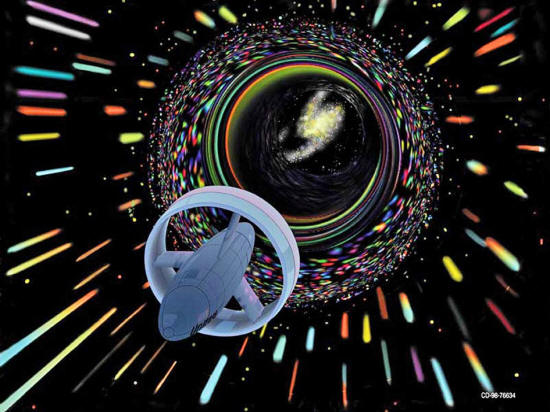|
|
|
Spanish
version has long fascinated humans, such as in Back To The Future's Delorean DMC-12. After decades of research, we may have hit upon a solution that's physically possible.
From the time turner in 'Harry Potter' to 'Back to The Future' to 'Groundhog Day', traveling back in time provides us with the possibility of righting wrongs in our own past.
To most people, it's an idea that's relegated to the realm of fiction, as every law of physics indicates that motion forward through time is an absolute necessity.
Philosophically, there's also a famous paradox that seems to indicate the absurdity of such a possibility:
For a long time, there seemed to be no way to go back.
But thanks to some very interesting properties of space and time in Einstein's General Relativity, traveling back in time may be possible after all.
as consisting of quantum foam, where quantum fluctuations are large, varied, and important on the smallest of scales. Positive and negative energy fluctuations
can
create minuscule, quantum wormholes.
In our known Universe, we have tiny, minuscule quantum fluctuations in the fabric of space-time on the smallest of scales. These include energy fluctuations in both the positive and negative directions, often very close by one another.
A very strong, dense, positive energy fluctuation would create curved space in one particular fashion, while a strong, dense, negative energy fluctuation would curve space in exactly the opposite fashion.
If you connected these two curvature regions together, you could - for a brief instant - arrive at the notion of a quantum wormhole.
If the wormhole lasted
for long enough, you could even potentially transport a particle
through it, allowing it to instantly disappear from one location in
space-time and reappear in another.
If one end of a wormhole is built out of positive mass/energy, while the other is built of negative mass/energy,
the
wormhole can become traversible.
While every known particle in our Universe has positive energy and either positive or zero mass, it's eminently possible to have negative mass/energy particles in the framework of General Relativity.
Sure, we haven't
discovered any yet, but according to all the rules of theoretical
physics, there's nothing forbidding it.
No matter how far apart you took these two connected objects from one another, if they had enough mass/energy - of both the positive and negative kind - this instantaneous connection would remain.
All of that is great for instantaneous travel through space.
But what about time?
Here's where the laws of special relativity come in.
moving at different relative speeds, but this is due to the constancy of the speed of light. Einstein's law of special relativity governs how these time and distance transformations take place, but it means that the stationary and the moving parties
age at
different rates.
Your motion through space and your motion through time are related by the speed of light:
Imagine you had a destination that was 40 light years away, and you were able to travel at incredibly high speeds:
If you got into a
spaceship and traveled very close to the speed of light towards that
star, then stopped, turned around, and returned back to Earth, you'd
find something odd.
This is the standard way time travel physically works:
Is time travel possible? With a large enough wormhole, such as one created by a supermassive black hole connected to its negative mass/energy counterpart,
it just might be.
Imaging one end of the wormhole remains close to motionless, such as remaining close to Earth, while the other one goes off on a relativistic journey close to the speed of light. You then enter the rapidly-moving end of the wormhole after it's been in motion for perhaps a year.
What happens? Well, a year isn't the same for everyone, particularly if they're moving through time and space differently!
If we talk about the same speeds as we did earlier, the "in motion" end of the wormhole would have aged 40 years, but the "at rest" end would only have aged by 1 year.
Step into the relativistic end of the wormhole, and you arrive back on Earth only one year after the wormhole was created, while you yourself may have had 40 years of time to pass.
will cause time to pass appreciably differently for the traveler versus the person who remains in a constant frame of reference.
The only issue is that you yourself couldn't also have been at that location back in 1978; you needed to be with the other end of the wormhole, or traveling through space to try and catch up with it.
If you created a wormhole between two points in space, with one mouth moving relativistically relative to the other, observers at either traversable end
would
have aged by vastly different amounts.
(Cortez
III Service Corp.), 1998
Even if the wormhole were created before your parents were conceived, there's no way for you to exist at the other end of the wormhole early enough to go back and find your grandfather prior to that critical moment.
The best you can do is to put your newborn father and mother on a ship to catch the other end of the wormhole, have them live, age, conceive you, and then send yourself back through the wormhole.
You'll be able to meet
your grandfather when he's still very young - perhaps even younger
than you are now - but it will still, by necessity, occur at a
moment in time after your parents were born.
Owing to the oddities of
both special and general relativity, time travel to the past
might not be forbidden after all...!
|


